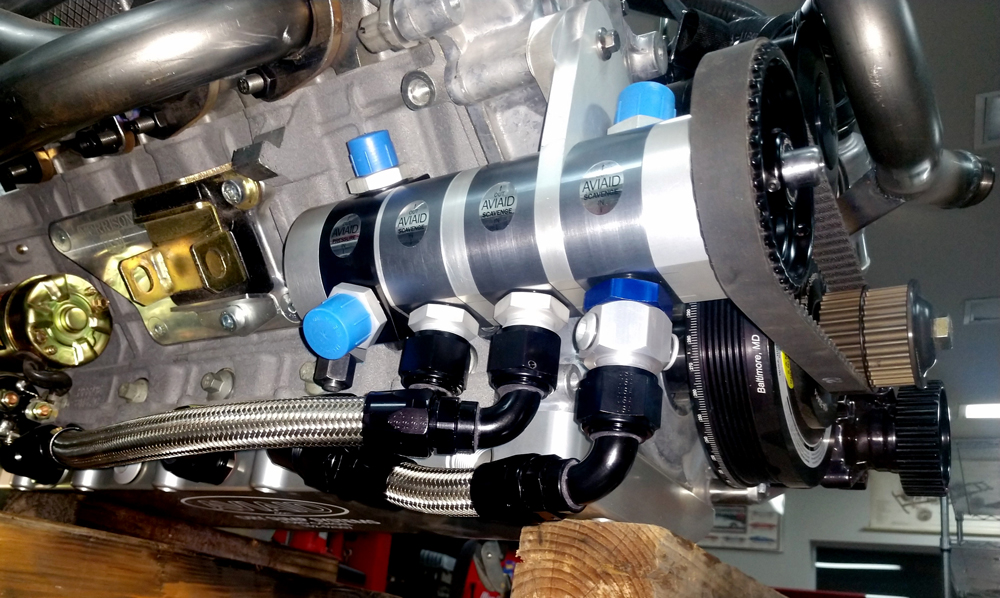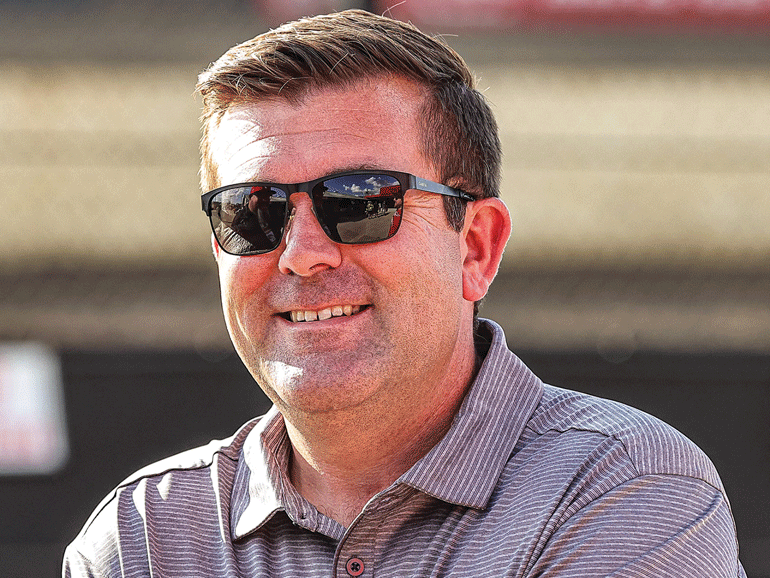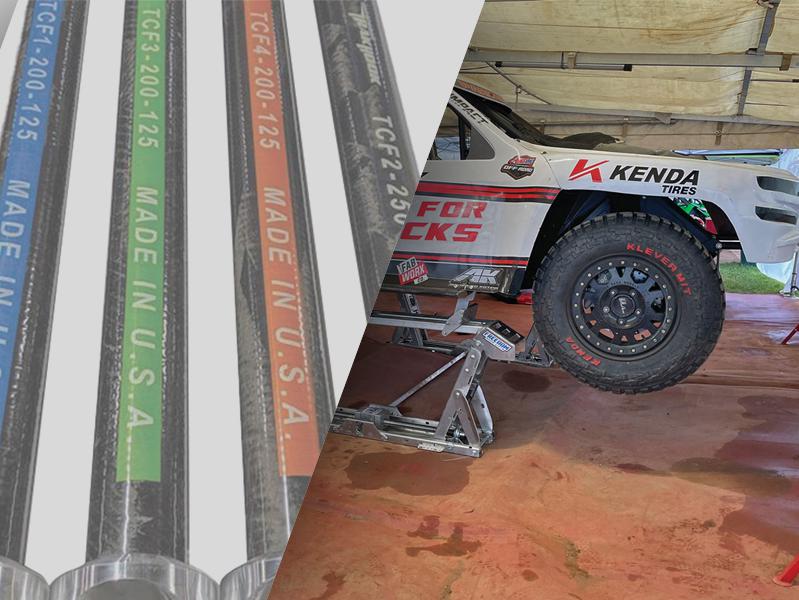Stop Doing That…Do This Instead: How to Build for the Long Term

“One of the first questions I always ask is what they’re planning to do with it,” said Ross Racing Engines’ Tony Lombardi when speaking with customers about their race engines. “That’s going to tell you a lot about what level of parts you’re going to be using. There’s no sense using a set of budget-focused connecting rods when you want to make 1,400 hp.”
While cost constraints might make budget-minded parts an attractive option when selecting components for an engine build, a solid foundation can save money down the road.
There are typically a few primary goals in terms of performance, response characteristics, and reliability when plotting out an engine build. Although these are logical targets to consider in the context of racing, there are other factors that also play important roles here, and they can have a profound impact not only on the immediate result, but also on the long-term viability of the build.
“Usually it comes down to money,” said John Schwarz of Aviaid, Chatsworth, California. “Because of that, people have to really understand the application they’re using it for. If you’re building a street engine—something you’re going to rev up a bit every now and then—it’s an entirely different context than a track car or purpose-built race engine. For example, there’s a perception out there that the crate engines you can buy from OEMs like Chevrolet, Ford, and Chrysler are racing engines, and they’re not. They’re using production parts, and sometimes they really make too much horsepower for their own good. The LS, simply by virtue of its popularity, is where we see the most of this.”
Tony Lombardi of Ross Racing Engines in Niles, Ohio, pointed out that in the context of motorsports, the use-case ultimately dictates the components that should be used. “One of the first questions I always ask is what they’re planning to do with it. That’s going to tell you a lot about what level of parts you’re going to be using. There’s no sense using a set of budget-focused connecting rods when you want to make 1,400 hp. Building an engine is just like building a house: You have to start with a good foundation. It doesn’t matter if you’ve got granite countertops and marble floors if it’s sitting on dirt.”

Beyond any specific performance targets a racer might have in mind for an engine, planning for the future by building some additional headroom into the combination offers advantages that can benefit your pocketbook—and minimize potential headaches—down the road.
“There’s a balance between just building for today and getting too crazy and over-building for what you might do in the future,” Schwarz said. “But if you’re planning to use the engine for a long time, it makes sense to focus on using good quality parts simply because they’ll last longer, and that can save you a lot of money in the long run. When I was racing, we’d compete in 14 or 15 races a year, and we’d do a rebuild once a year. The quality of the parts allowed us to do that. I’ve spoken to plenty of guys today who’re running these crate motors, and they’re doing rebuilds every two or three races.”
While the strategic use of high-quality parts can improve durability and make it easier to add power later on, it’s important to note that how the additional power is going to be made will dictate whether or not some components will still be usable down the road.
“You want to make sure that the block is a good quality piece, and you’re going to use a good quality crankshaft, along with a good gear drive assembly,” Lombardi told us. “Those are things you want to invest in right out of the gate because they’ll last you the life of the motor no matter what you do with it. The valvetrain is important, too, but you have to consider whether or not you’re going to change cylinder heads later on because every cylinder head takes its own rocker setup. It’s not like the old days where you could take a set of stud-mount rockers and swap them over. If you’re planning to go from naturally aspirated to a boosted setup, nine times out of 10 you’re going to have to change pistons. If you’re running a compression ratio of 13:1 or 14:1 with a naturally aspirated setup, that compression ratio is not going to work if you bring in nitrous or forced induction.”
Schwarz pointed out that other supplementary components can help achieve these long-term goals as well. “External oiling systems are basically cheap insurance because they last forever, they’re transferrable, and they solve a lot of problems. A wet sump system will cost you $800 or $900, and a good dry sump system might cost $2,500, but what you saved with the wet sump is going to vanish with the first unforeseen engine rebuild that you have to do. And, perhaps more importantly, you could have been racing instead of rebuilding an engine. You’ve got to finish the race before you can win it.”
Sources
Aviaid
aviaid.com
Ross Racing Engines
rossracingengines.com
 MEMBERSHIP LOGIN
MEMBERSHIP LOGIN JOIN PRI
JOIN PRI


